 Having grown up with Nat Cole’s version of The Christmas Song and the Ronettes’ Sleigh Ride, I’ve always romanticized roasting chestnuts at the holidays. On several occasions over the years I considered giving it a try, but fresh chestnuts were relatively difficult to obtain where I live, and what I learned about the process made it seem a little complicated, so I didn’t get around to it until 2024.
Having grown up with Nat Cole’s version of The Christmas Song and the Ronettes’ Sleigh Ride, I’ve always romanticized roasting chestnuts at the holidays. On several occasions over the years I considered giving it a try, but fresh chestnuts were relatively difficult to obtain where I live, and what I learned about the process made it seem a little complicated, so I didn’t get around to it until 2024.
The first attempts roasting in the oven were underwhelming. They came out bland, mealy – and edible but unappetizing. I finally decided to give it one more go, on the Weber Kettle this time, and those were much better (and finally worth the bother).
Here’s the process I use, after much research into recipes, blog posts and YouTube videos, and our own trial and error refinements.
First, sort and wash the chestnuts. Discard any with mushy or papery skins, and be sure to inspect them for tiny insect holes. There are usually two or three in any one pound batch that need to be tossed.
Next, score an x shaped pattern on one side of each chestnut, just barely breaking through the skin. I used an inexpensive chestnut scoring tool from Amazon for this, but you could use a paring knife. Just be careful not to cut too far into the nut meat.
Soak the scored nuts in warm water for at least half an hour. I usually let them go for an hour while I’m getting the grill set up.
The coals and some wood chunks go on one side of the grill, and the pan for the nuts is placed over the other half for indirect cooking.
Keep a close eye on things after the first ten or fifteen minutes. At some point the skins will pop open where they were scored, and the meat will begin to get a nice golden brown color. The last batch I roasted were ready to remove from the grill after about 25 minutes.
Bundle up the roasted chestnuts in a damp towel in a bowl for a few minutes to steam and soften the shells. Once they’re cool enough to work with, peel off the shells and they’re ready to eat. I always try a few unseasoned, but then tend to put a little melted butter, maple syrup and Cajun seasoning on them. You could use any combination of sweet or savory seasonings you like.
The chestnuts have a mild flavor on their own, and the flesh is tender and chewy, so don’t expect the sort of deep nuttiness and crunchiness of things like peanuts or cashews or almonds and such. They’re definitely fun and unique, though, and add something to our holiday tables or as a warming snack on a chilly evening.
You can find chestnuts for roasting online. That’s not a paid link, so feel free to do a search to find your own merchant. The nuts are highly perishable, so keep them refrigerated until you’re ready to roast, and make sure you’re able to roast within a reasonable time of their arrival.
It’s also kind of cool to know more about the history of the American Chestnut, sadly now all but gone in the wild. It’s the tree that inspired the lyrics, back in the day when plentiful autumn harvests were still in memory.
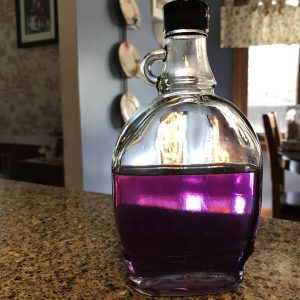
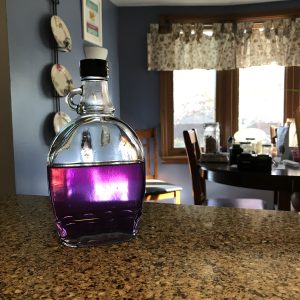
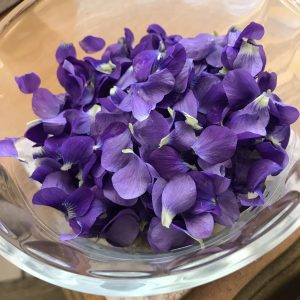
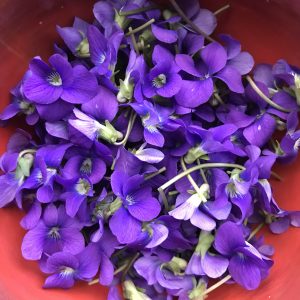
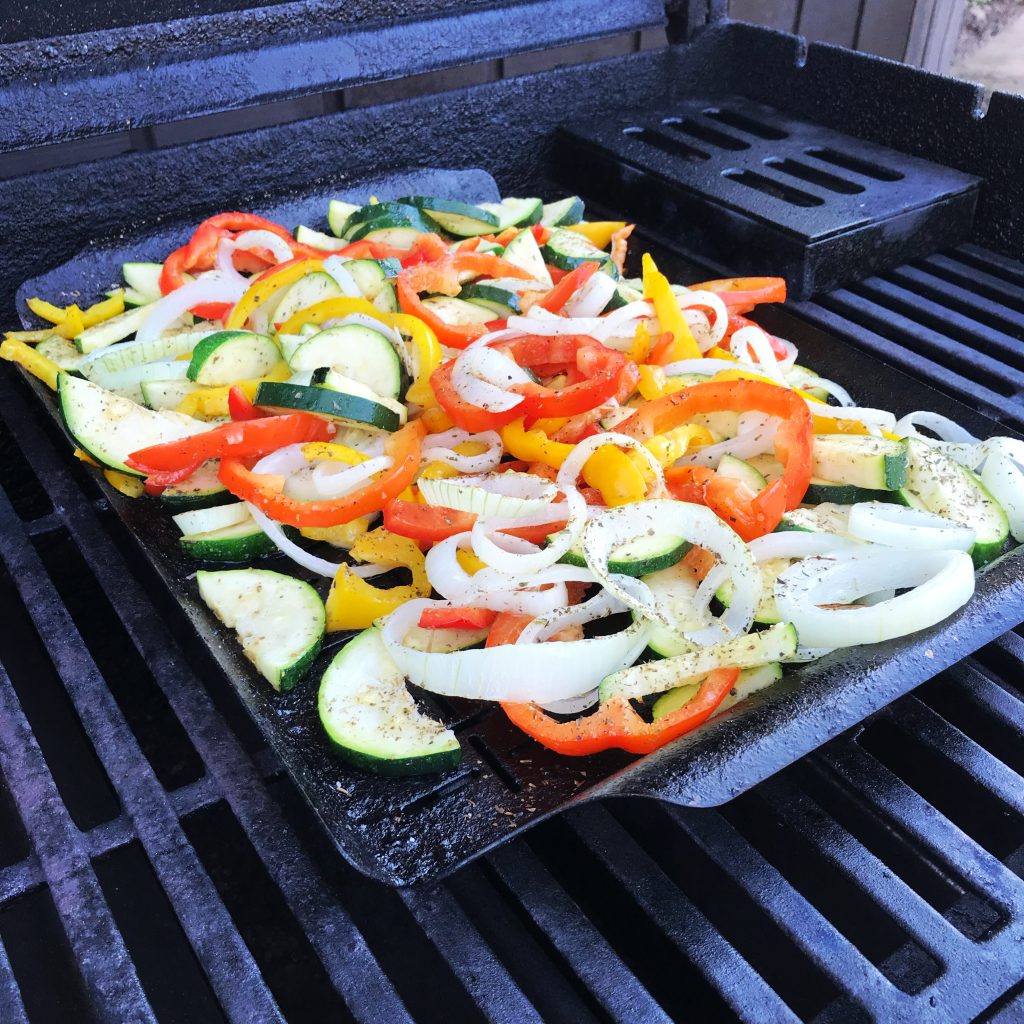
 Each month, during shelter season, I take at least one meal to the
Each month, during shelter season, I take at least one meal to the 